One of the biggest clashes in the Champions League round of 16, Real Madrid vs Manchester City is going to play on Wednesday night. The seven-time winner welcomes Pep Guardiola’s Premier League Champions, Manchester City at the Santiago Bernabéu.
Real Madrid have struggled to produce positive results in La Liga recently. They lost to Levante at the weekend and drew Celta Vigo last week. If counting the loss against Real Sociedad in the Copa del Rey, Zinédine Zidane’s man actually only have one win in the recent four games.
In this tactical analysis, we will show you how can Madrid planned their tactics in this game. It is an analysis that focuses on the giant of Spain.
Predicted lineup & team news of Madrid
The huge signing of the summer, Eden Hazard was injured in the Levante game. His manager said the situation ‘doesn’t look good’, hence, the Belgian is very likely to miss the clash. Another long-term injury is Marco Asensio, who is suffering from a cruciate ligament rupture and not likely to play. Mariano Díaz was knocked recently but this would not have a huge impact on the team selection. The Colombia star, James Rodríguez returned to the bench on Saturday after recovering from a hip injury.
Madrid (4-3-3): Thibaut Courtois; Daniel Carvajal, Raphaël Varane, Sergio Ramos, Ferland Mendy; Casemiro, Luka Modrić, Toni Kroos; Federico Valverde, Karim Benzema, Isco
We expect to see Zidane plays his usual formation, though he played a 4-3-1-2 against Barcelona. This does not matter greatly as Isco or Valverde will roam their positions when playing as the wingers. We suggest Gareth Bale is not starting as he missed the league game due to gastroenteritis, the Welsh may lack fitness.
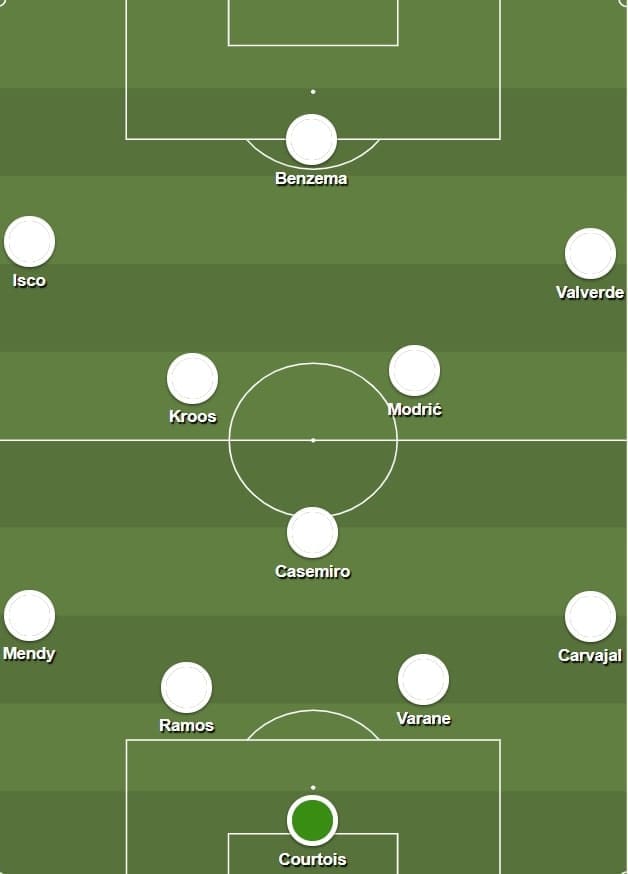
The first phase of the attack
Under Zidane, Madrid do not insist to play out from the back. However, the qualities of the individual allow Los Blancos to keep the ball in the first phase of the attack. They are comfortable to play under pressure as well though central penetrations are not necessary. Their average possession per game is 58.12%, with 591.31 passes and 16.08 shots. We choose a recent El Derbi Madrilño as a reference to illustrate Madrid’s build-up, as Atlético defended in a 4-4-2. Guardiola’s men are also likely to defend in this shape if they stick to the usual pattern.
Although in most cases, Casemiro played as a sole pivot, Madrid also have the dropping midfielders in the build-up phase as Modrić and Valverde tend to involve in this phase. The Croatian has a habit to appear on the right flank to create a passing triangle with the right-back and right centre-back, as shown below.
This creates some favourable conditions for Madrid to attack. First, they invite pressure and they also have the ability to deal with it. Carvajal is released to an advanced position. Second, they put the opposition left-back in an awkward position, as he has to choose to close the right-back or not. In this case, the Atlético left-back is Renan Lodi. The Brazilian needs to decide to join the press or not. If he joins, of course, Atlético enjoyed a 4-v-3 numerical advantage in the press. However, Modrić is capable of delivering an out ball to hit the space behind the left-back, which then Valverde, the free player could exploit. This potentially creates a 2-v-1 situation as Benzema likes to stay wide.
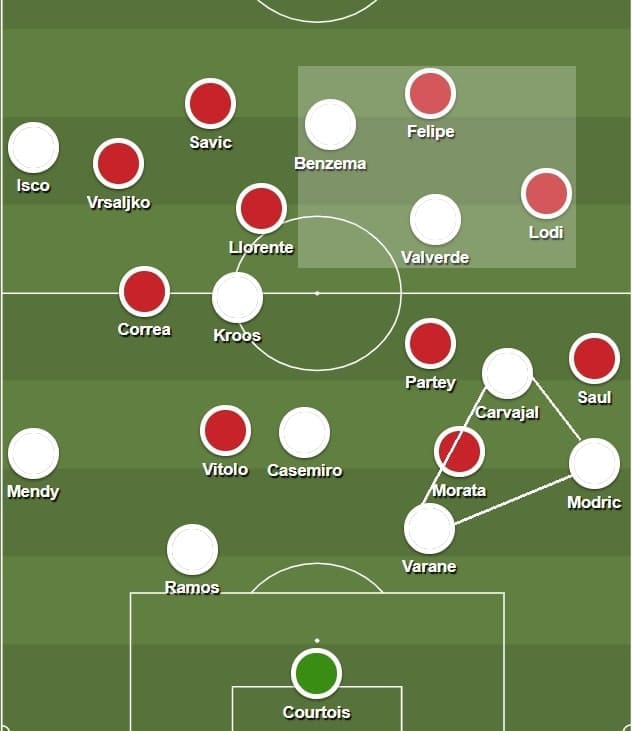
So, what does Madrid need in the build-up to resist the press? In this case, we assume City press in their own style, a 4-4-2. Liverpool demonstrated how to keep the ball comfortably under pressure from City. Playing out through the sole pivot is not necessary. As shown in this image, Fabinho is not involved in the build-up, but the Reds progressed through the dropping movement of Georginio Wijnaldum. Initially, the first line of City’s press is tasked to engage the centre-backs, they do not have a player to close the Dutchman as the City pivots are reluctant to follow.
For Madrid, they can continue their practices, allowing Modrić or the midfielders to drop as the spare player to progress. For the defenders, they ought to stay wide to stretch the defensive block of City to create more spaces for the midfielders.
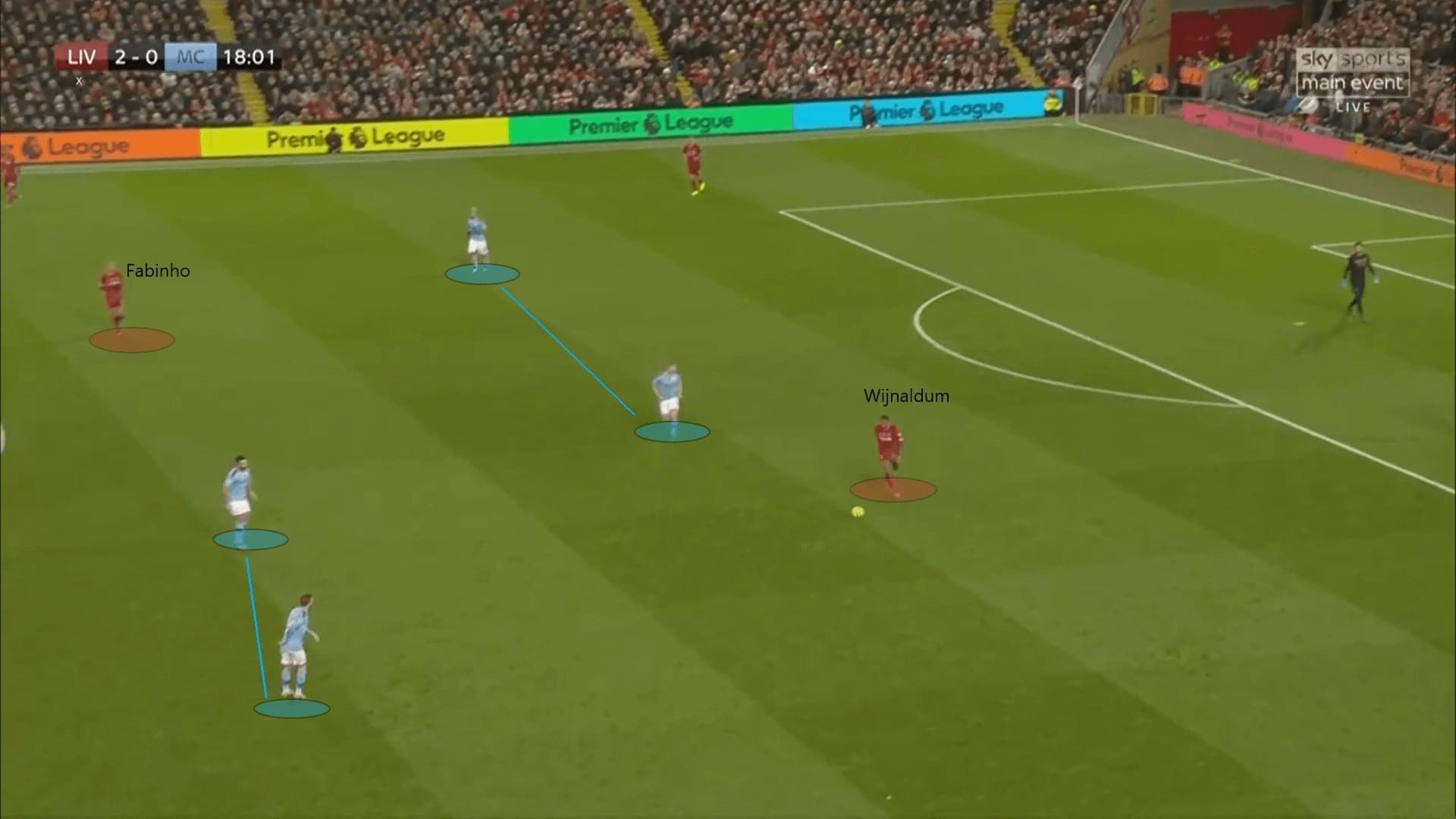
Given to Madrid’s reluctance to penetrate at the centre, the main tasks of the midfielders are to release the wide player. When Hazard plays, he combines with the left-back and became a threat at flank. If Isco plays, he likes to leave his position and open the channel for F. Mendy.
In this example, you can see Kroos plays as the holding midfielder to develop an attack. Isco stays at the half-spaces to force the right-back (Šime Vrsaljko) and leaves the wide areas open for F. Mendy. Kroos’ pass is a high-quality one as it broke two defensive lines and spoons F. Mendy to access the final third.
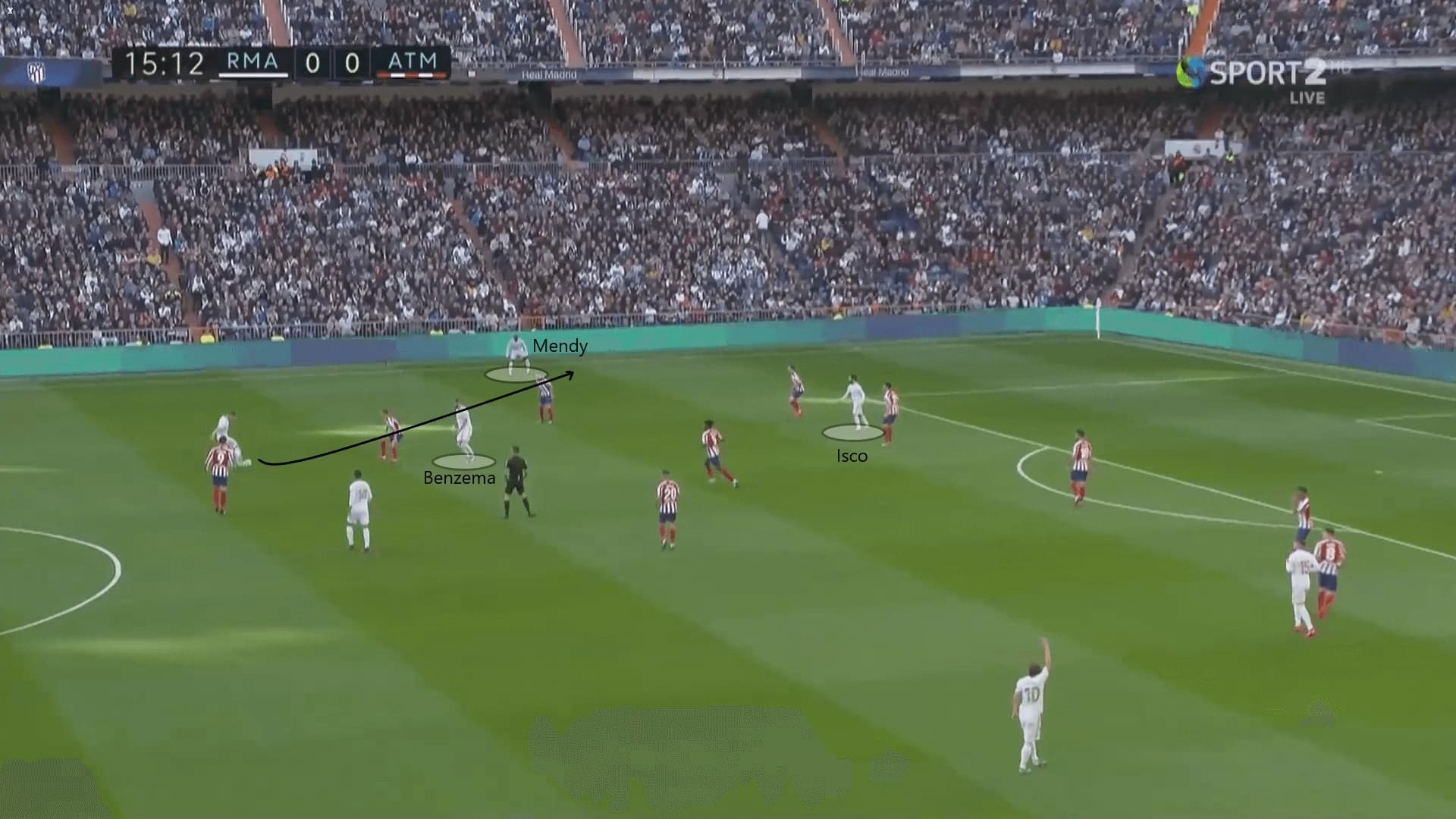
Apart from the midfielders, the full-backs of Madrid also possess sufficient ability to progress the ball from the back. For example, in this case, F. Mendy plays a curved pass to Benzema (the farthest player). The No.9 quickly makes a return pass to the centre and this became a third-man play. Isco is allowed to carry the ball forward while facing the goal.
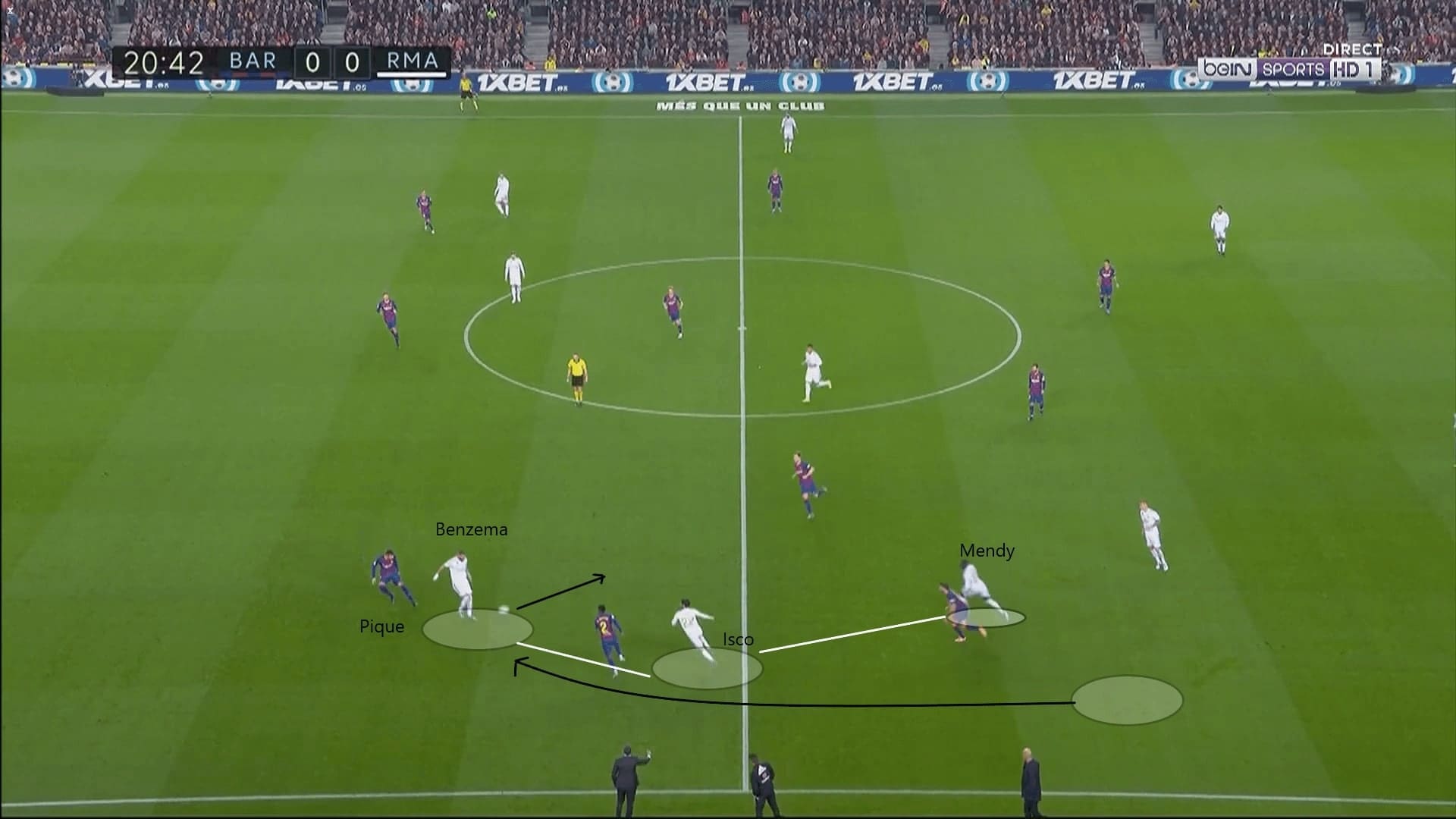
Strong at flanks
In this section, we further elaborate on how the strength of Madrid. Zidane’s man can play many combinations with the support of full-backs. F. Mendy’s left flank is the stronger one as the Frenchman possesses sufficient stamina to make forward runs. Usually, they release the left-back by using others to attract pressure. The full-backs of Madrid, Mendy and Carvajal recorded 3.83 and 4.11 crosses per game.
In this example, Vinícius Júnior initially draws the attention of three Atlético players. The Brazilian also drags Vrsaljko out of position. As a result, F. Mendy becomes the free player and exploits the spaces behind the Croatian.
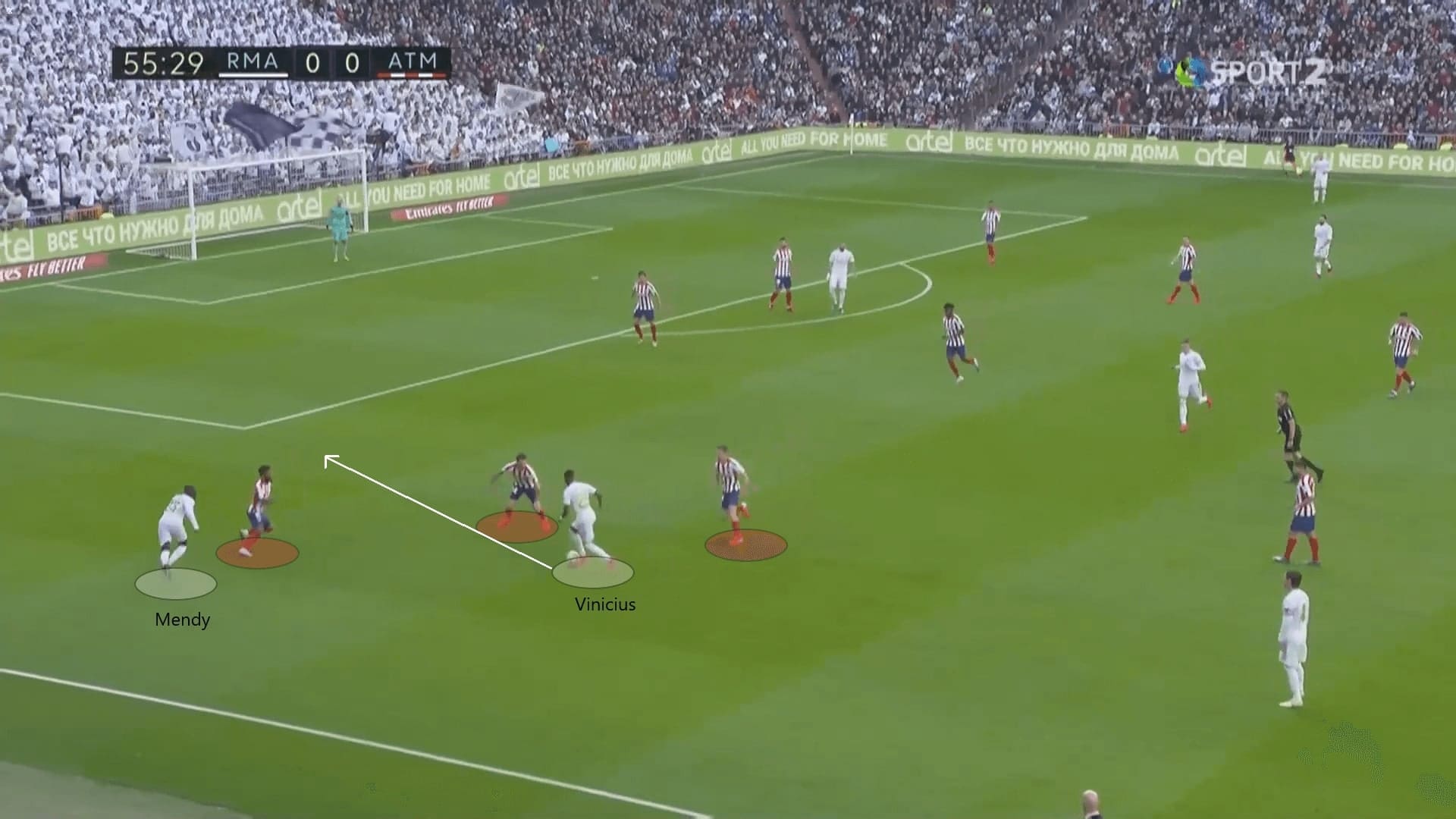
Another example we show is their reversed movement. The front players drop to take the defenders with them, create huge spaces for a spare player to run behind. The dropping players are baits as they are not receiving the pass.
In this case, Hazard and Benzema drop deep, took the right-back (Joseba Zaldúa) and right centre-back (Aritz Elustondo) with them. Valverde becomes the free man to exploit the spaces on the left flank and receives the pass from F. Mendy.
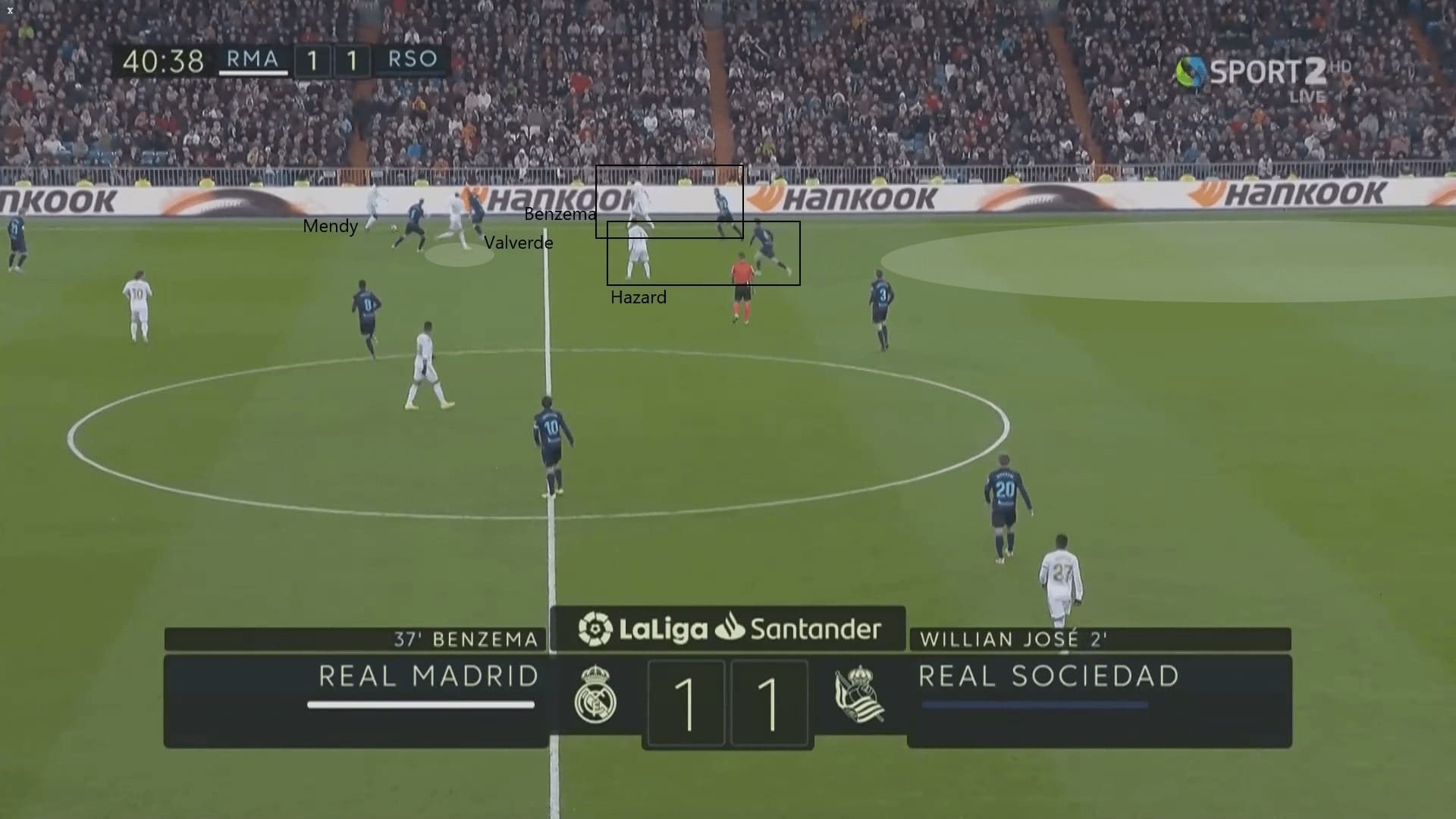
Benzema in Madrid’s transitions
It is worth to mention the offensive transitions because they have a clever player, Benzema. The Frenchman is intelligent to choose his positions in the counter-attacks and maximizes the threat of Madrid’s offensive transitions.
Benzema likes to position himself at the far side, this usually is also the blindside of the defenders. So, the defenders can only either looking at the ball or Benzema. As shown in this image, the Frenchman’s is behind of Zaldúa and Elustondo, hence, his movements are not seen. He can dash forward if Isco passed through the defenders, or drop to receive the ball if his teammate opts this pass.
Apart from benefiting himself, Benzema’s positioning also helps Rodrygo to get rid of the markers. As the Frenchman stays just behind the right-back, he opens the spaces for the 19-year-old to join the attack on the far side.
When playing against City, Madrid should have their chances to attack from the offensive transitions. We will further elaborate on how this can potentially maximize Madrid’s threat in the coming section.

How can Zidane’s men attack?
So, the question is, how are Madrid going to attack, and where should they attack? Assuming City play in a back four, then, attacking their wide areas will be an intriguing idea. To further explain, we can look at the following image.
With F. Mendy, Madrid can form a passing triangle on the left flank by the left-back, Isco and a midfielder. Since the right-winger of City (Bernardo Silva) tends to stay inward when pressing, once Madrid break the press, they enjoy a numerical advantage on the flank. The positionings of Valverde and Isco (or Benzema) are vital to manipulate the sole pivot (Rodrigo Hernández) and right-back’s (Kyle Walker) positions. If Isco can keep Walker narrow with Fernandinho, F. Mendy will be totally free at the wide channels. To further pin Fernandinho, Benzema can distract the Brazilian and even move to the half-spaces if needed. These are just usual practices of Madrid players but they can be lethal to City if used appropriately.
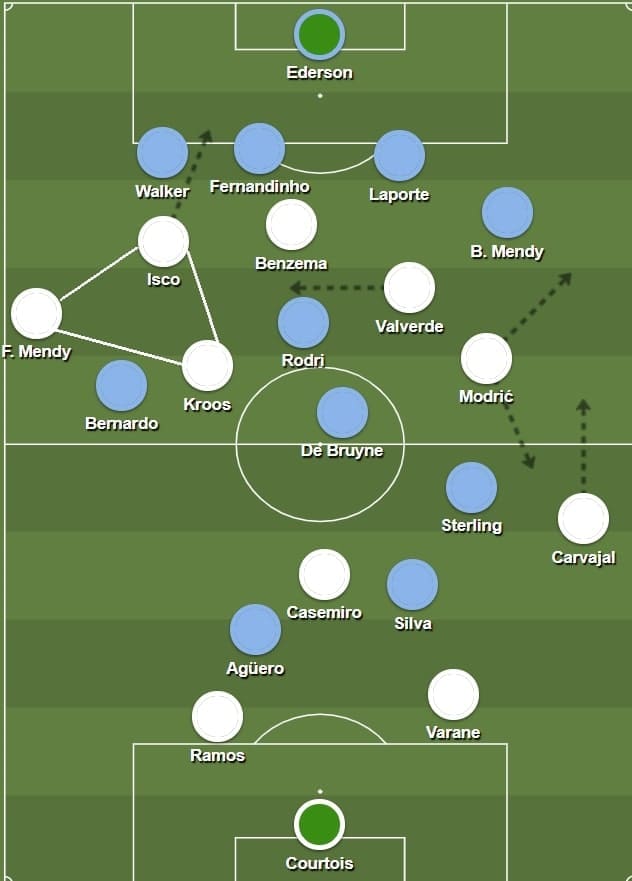
To further elaborate on the weaknesses of City’s flanks, we will show you some game examples. Similar to Madrid, Liverpool also possesses a pair of attacking full-backs, Andrew Robertson and Trent Alexander-Arnold. In the game at Anfield this season, Liverpool attack flanks and win the game by three goals to one.
This image is a moment in which Liverpool break the press with an instant. We first look at Mohamed Salah’s position, he occupied the half-spaces and forced Walker narrow. This generated huge spaces on the left flank of Liverpool. B. Silva is unable to cover those spaces as he joints the press at the centre initially. In this scene, we cannot see Robertson, but Alexander-Arnold picks the Scottish with a sumptuous switch play. Then, Robertson enjoys huge rooms to progress the ball and assists the second goal of the game. Given Madrid have an attacking left-backs like F. Mendy and Marcelo, and some good passers like Modrić and Kroos, it is likely to attack with a similar pattern.
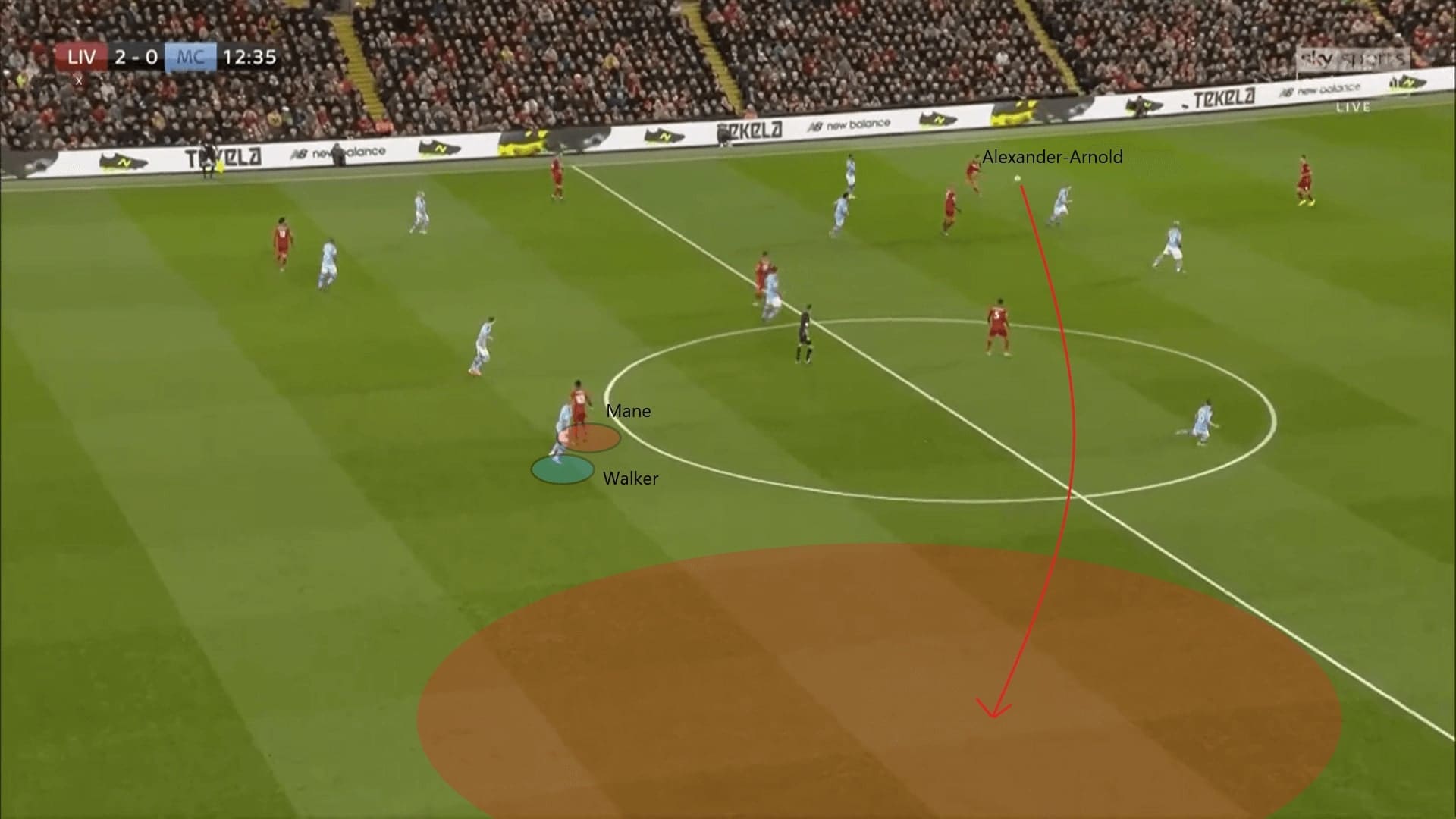
The spaces at flanks also appeared during the transition phases. This can be attributed to the role of the full-backs. Usually, the City full-backs tuck inside to play as an ‘inverted full-back’, leaving his original position. Also, they joint the press when the build-ups are developing at flanks. Both scenarios will create spaces behind them.
This can become a key area for Madrid to exploit in the transitions. In this example, Sadio Mané resisted the pressure from Rodri. He has two teammates, Wijnaldum and Salah occupying the spaces behind Walker. Space is generated because the Spaniard was dribbled past by Mané and Walker has to step up to deal with him.
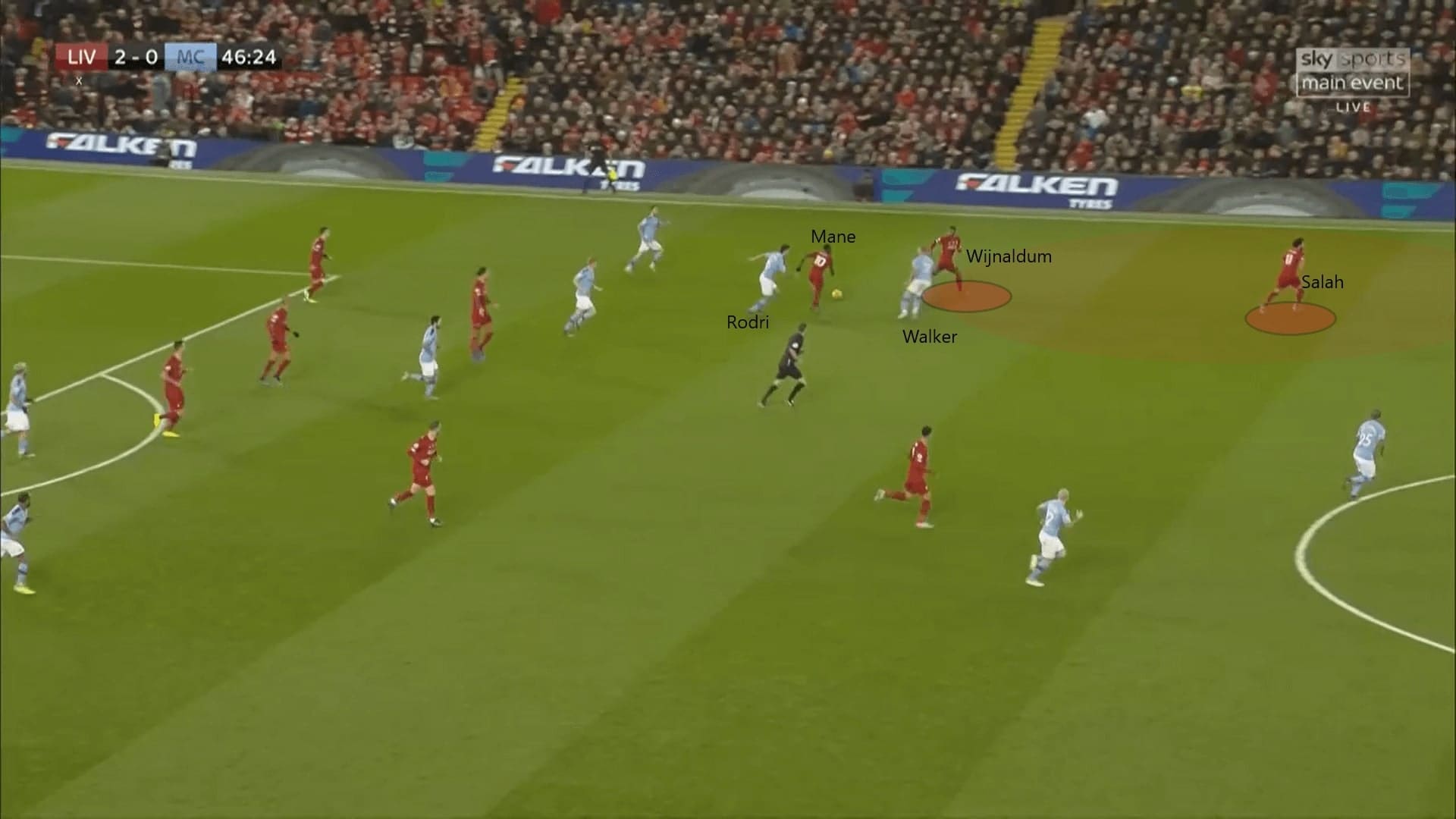
Another point to attack is Rodri. Despite playing as a sole pivot, the former Atlético midfielder is not reliable enough when defending in 1-v-1 situations. When he is dribbled past, sometimes he should have made a tactical foul to stop the attack be he does not. On some occasions, these situations lead to goal concede.
For example, in a recent game against Tottenham, Rodri fails to stop Tanguy Ndombélé in these 1-v-1 scenarios. Then, given the poor defensive judgement of Nicolás Otamendi, the Argentine neglects Heung-min Son and steps out. He thinks Erik Lamela is going to receive the ball, but eventually he let Son receives the ball behind him. The South Korean scores and doubles the lead for Tottenham.
This can provide some hints for the Los Blancos. They may consider occupying a central defender while challenging the sole pivot. With the dribbling against Rodri, Madrid can temporarily create 2-v-1 situations against a centre-back.
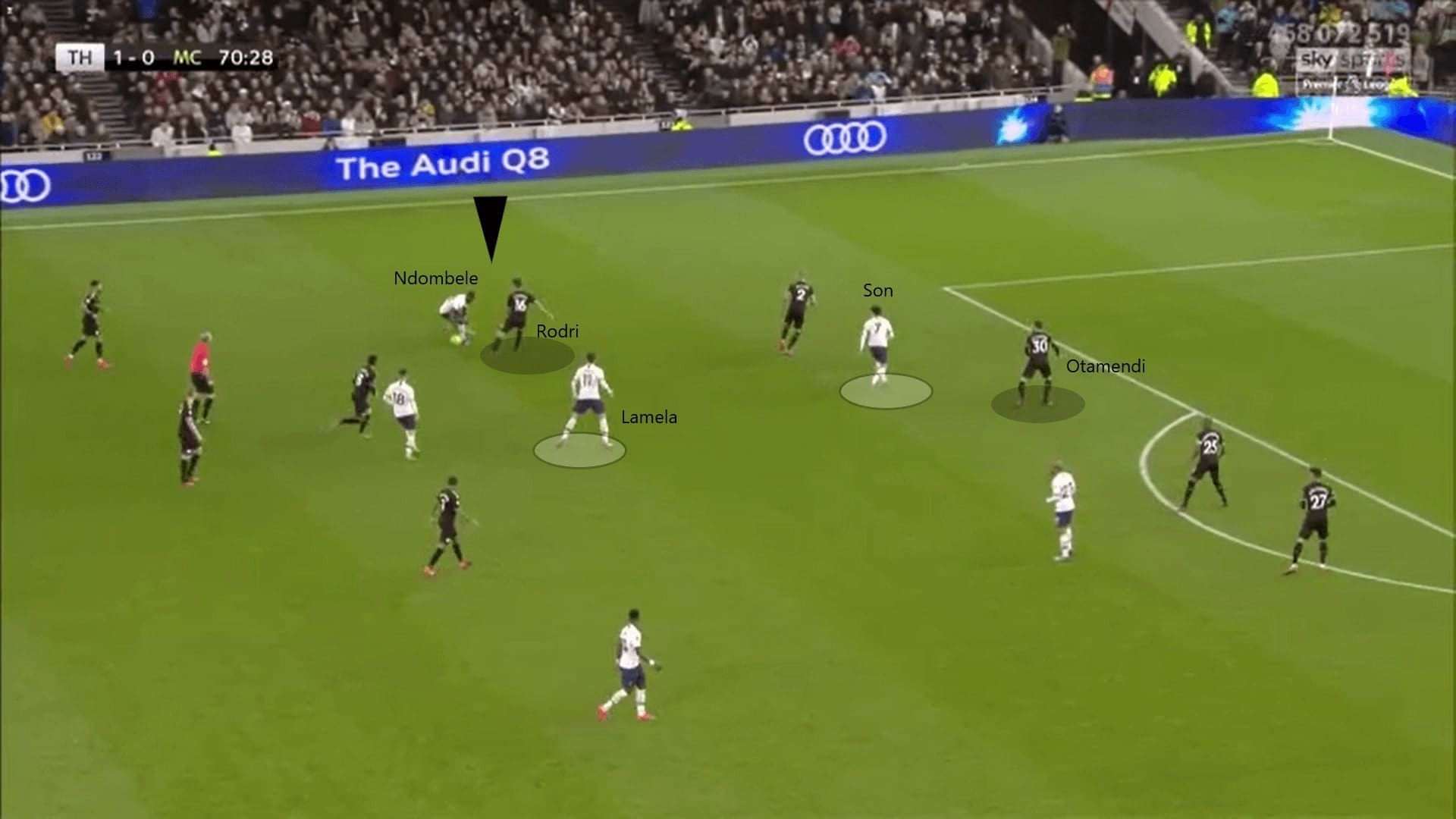
How can Madrid defend?
For Madrid’s defence, they have good players who can defend calmly. However, the issue is their structure. The defensive shape of Madrid is unstable as the defenders often step out to stop the oppositions early. The distances between players increase in an instant when one of them leave their position but the rest do not follow.
For example, Carvajal steps out early to engage Lodi on this occasion. However, Varane does not move to reduce the distance with the right-back. This gap is identified by Saúl Ñiguez and Vitolo. The former Sevilla man is released by Saúl when he runs through the gap between Carvajal and Varane.
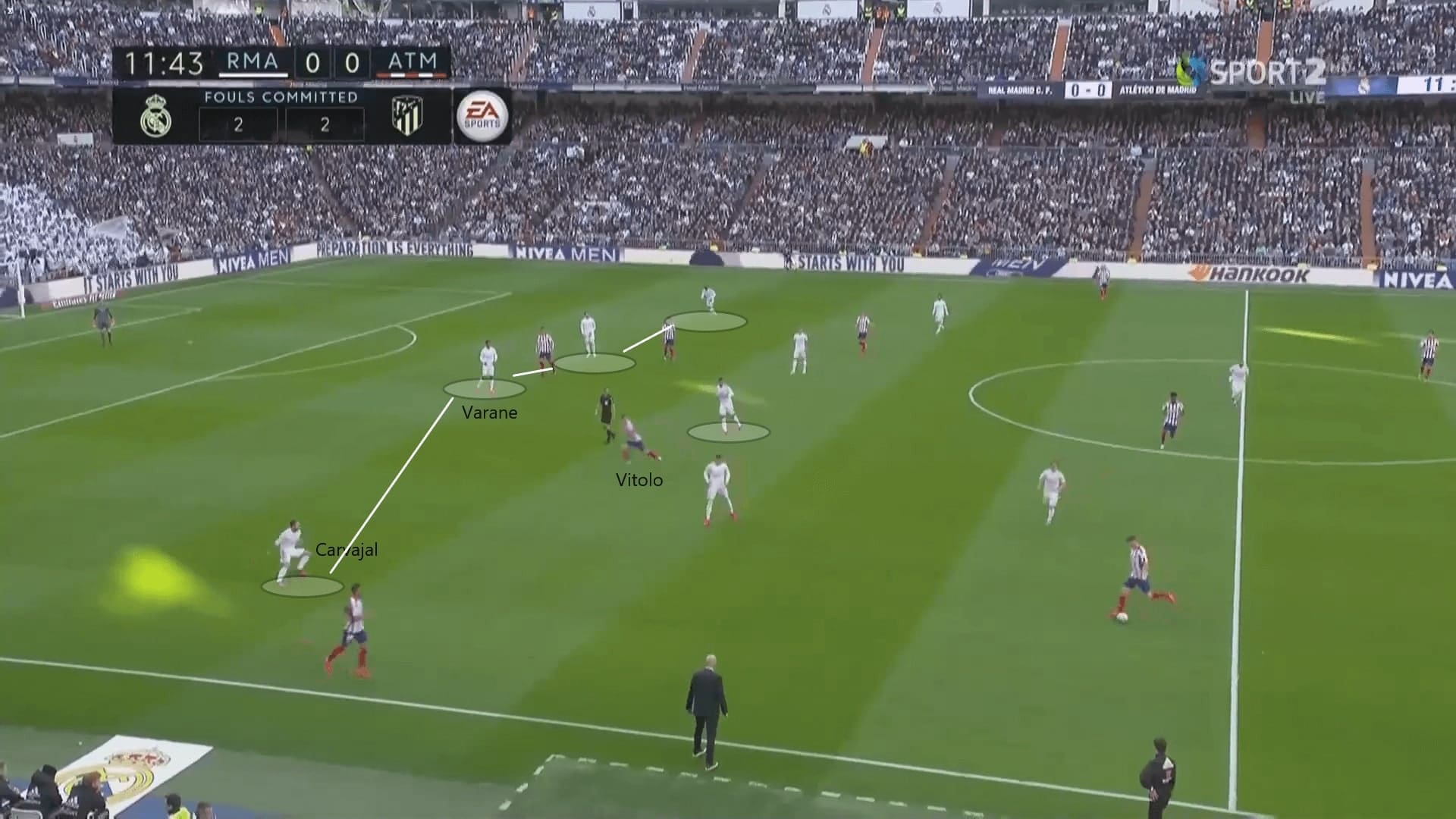
Another point to note is the press on the wingers. Guardiola tends to use a left-footed player on the right in this season. Usually, this role is played by B. Silva or Riyad Mahrez. Although this can increase the unpredictability for the wingers, they still face the same issue for almost all left-footed players on the right: body orientation when receiving the ball.
If Madrid can deny the central penetration through Rodri, or even better, force the right-back of City to pass to the right-winger, they can put pressure on the right-winger instantaneously and force the ball back.
Since the ball is coming vertically from B. Silva behind in this case, at the moment he drops, he has a closed body orientation. Therefore, with the tight marking of Luke Shaw, the Portuguese leaves no option and return the ball, he cannot turn as he has no idea what the situation behind him is.
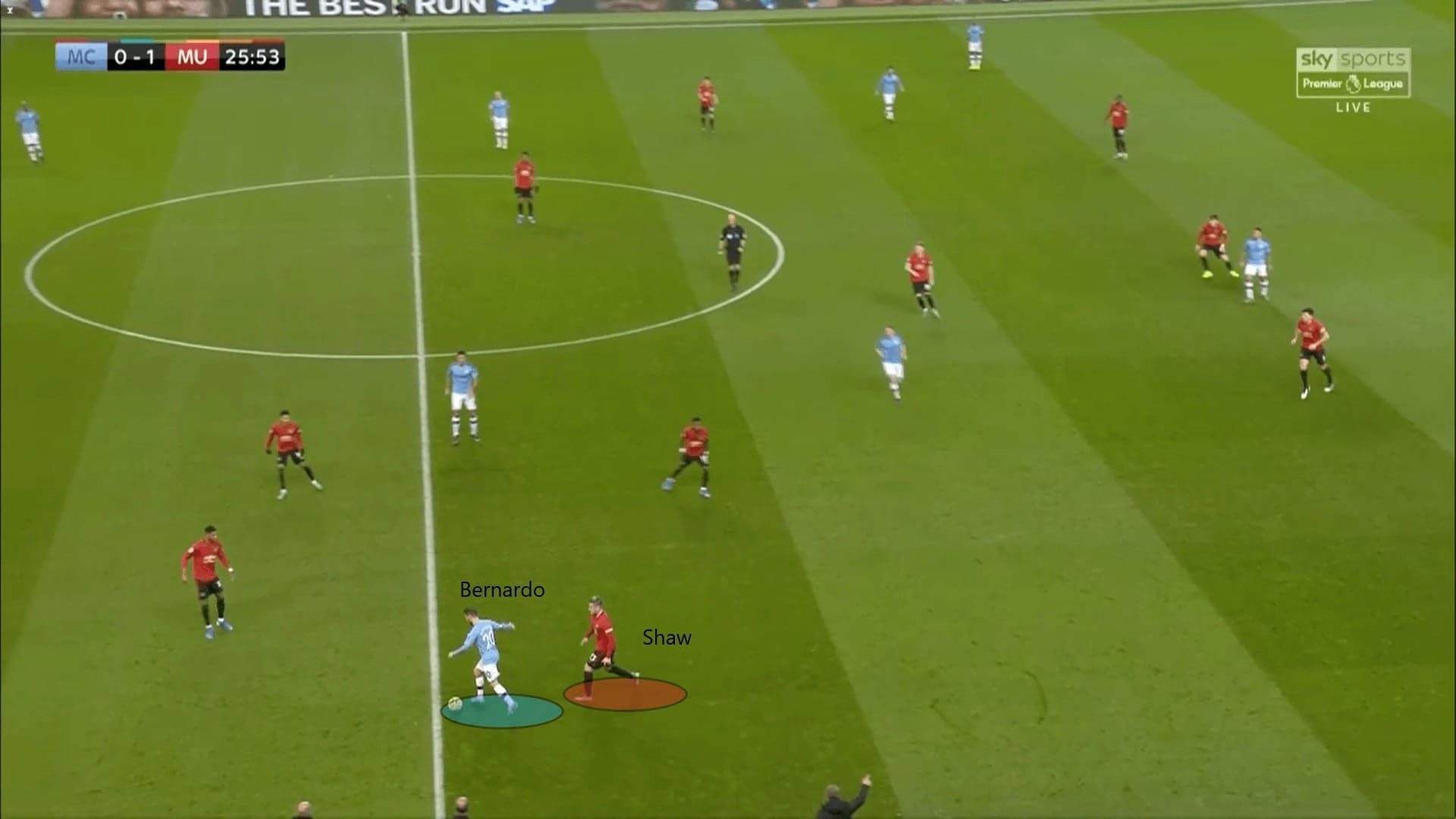
The theory also applies in the final third. Madrid should prevent the isolation of their full-backs by defending with a low block. Casemiro has to spend tremendous effort to cover the half-spaces and track runs. For the rest, they need to ensure a numerical advantage at flanks when defending.
In this case, Liverpool enjoyed a 3-v-2 situation in their defensive third. B. Silva is once again forced to play a return pass because of his body orientation and the marker behind him. Meanwhile, De Bruyne is unavailable to make the run comfortably because of the marking of Fabinho. Therefore, despite forming a passing triangle, City feel difficult to develop the attack on this flank.
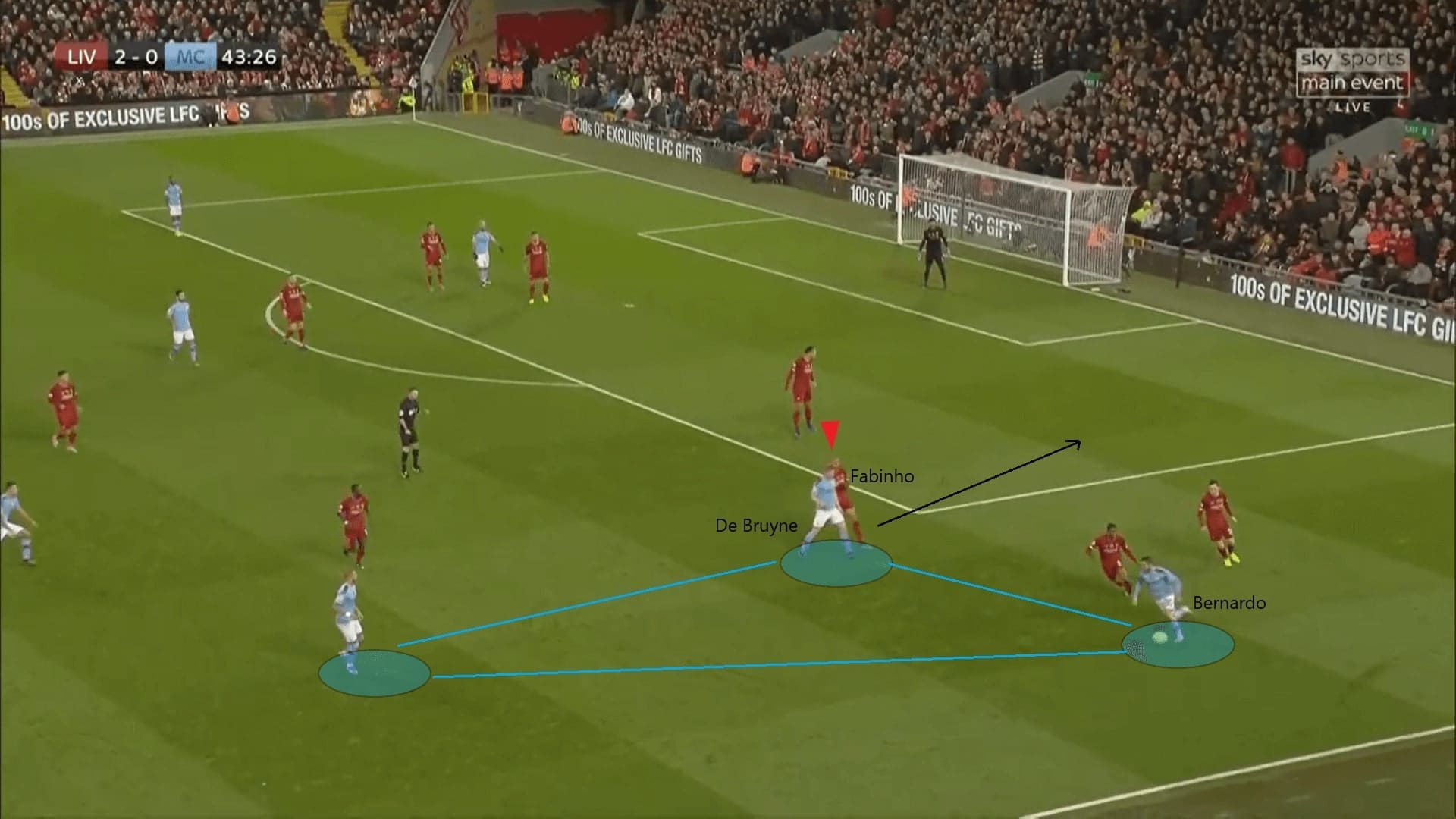
Conclusions
Madrid have a small advantage as they are playing at Santiago Bernabéu. Defensively, they need to find ways to contain De Bruyne, staying with a low block can be a solution. They have to ensure the numerical advantage around the ball, prevent City from circulating the ball around the box and changing their attacking focus easily. Offensively, they must miss Hazard. They lacked an experienced winger to produce some 1-v-1 threats against the full-backs. Therefore, the mission to attack flanks is likely to fall into the full-backs. Given the past matches, the Los Blancos have shown their fluidity to attack flanks, they have to maintain this standard and keep the City’s wide defenders busy.


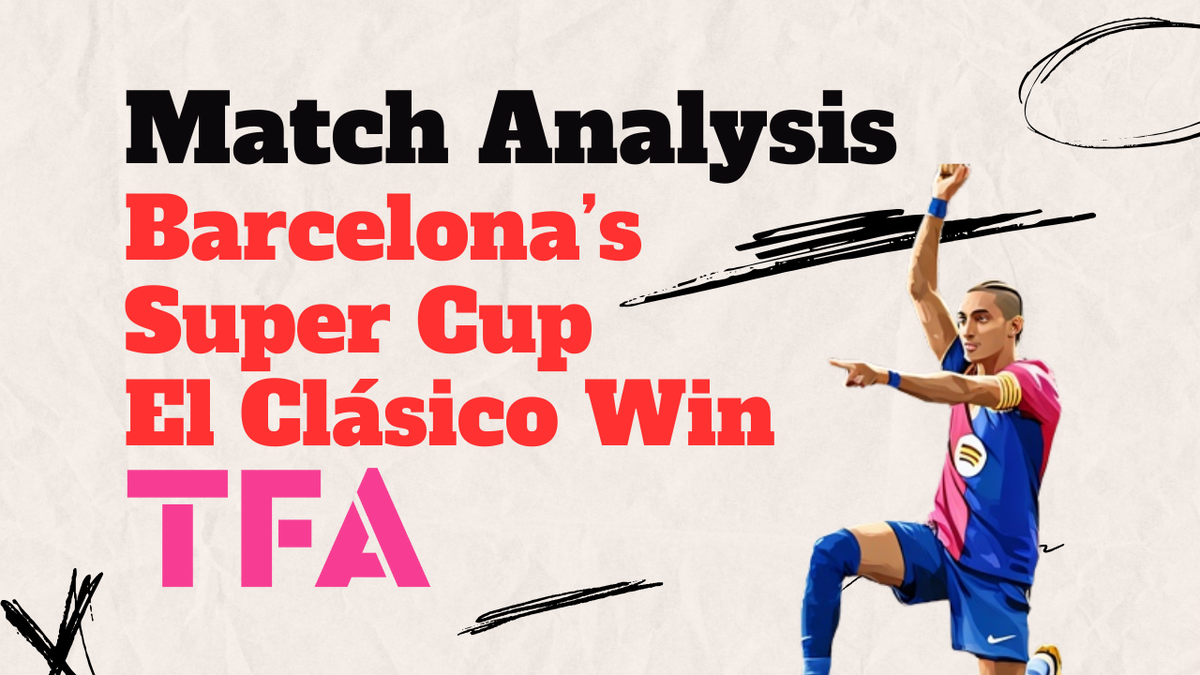
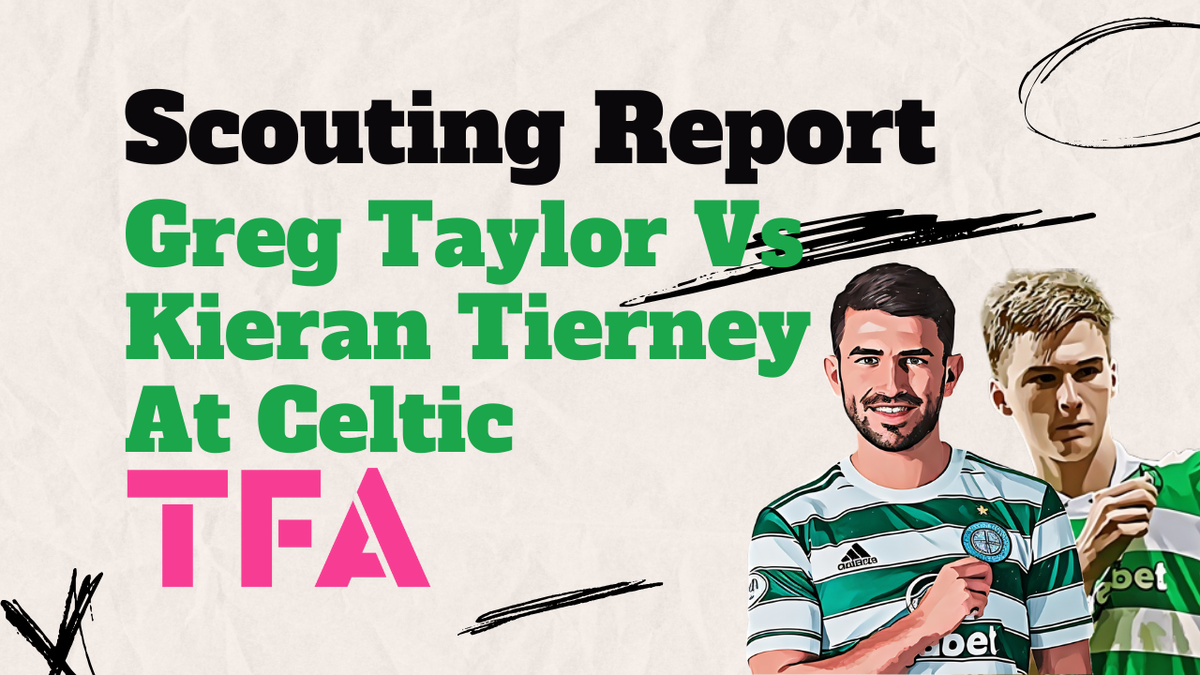
Comments